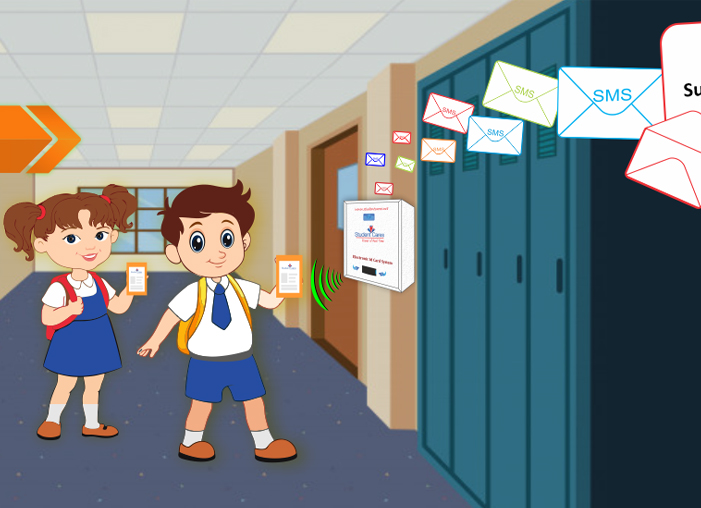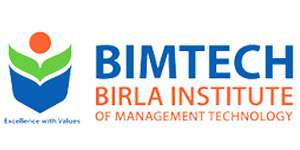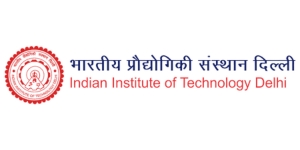



Experience innovation with our 4 campus entry technologies. Select the one tailored to your preferences.

Contactless Operation: UHF readers allow for hands-free, contactless attendance tracking. Individuals can pass through the gate without needing to physically interact with any device, promoting a seamless and efficient process.

With 100% effectiveness and total control, institutions can prevent unauthorized entry and manage gate security efficiently. The goal of an institution is to permit only authenticated individuals to access the campus.

Contactless Operation: Perfect for institutions aiming for unmanned gate operations. Individuals can pass through the gate without physically interacting with any device, ensuring a seamless and efficient process, especially for tracking attendance.

Utilize innovative technology with no reliance on hardware. The system is capable of functioning both online and offline with 100% efficacy. All operations are managed through a mobile app, eliminating the need for bulky hardware installation and infrastructure requirements.























The common inspiration that connected our two founders was their passion for DISRUPTIVE INNOVATION. Both had, in their respective spheres of earlier work, endeavoured to provide new solutions to address age-old problems.
The “Assistance Control” project was inspired by the basic idea of the “Bologna Process”, a Pan-European collaboration which started in 1999, to adapt technology to provide a better quality of education that would allow improvement of the next generation of classroom teaching.
The best project finally chosen and tested involved students registered for classes with NFC phones, during the academic year 2011–2012 at “Universidad Pontificia de Salamanca, Campus Madrid” (UPSAM).
This resulted in the senior students at the School of Computer Engineering to certify 99.5% accuracy and ease of attendance that ensured continuous assessment without loss of instructional time allocated to this activity.
Source : Science Direct Volume 40 Issue 11, 1st September 2013, Pages 4478-4489